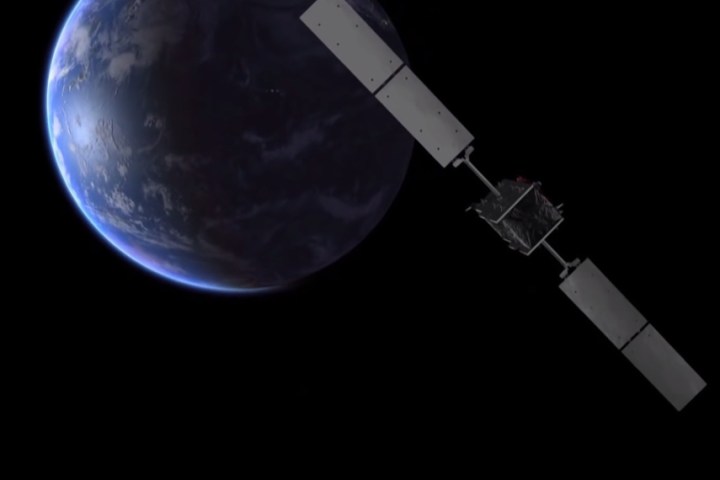
The satellites’ new orbits restore their ability to send navigational data, but the orbits are still elliptical, with each satellite rising and falling 8,500km twice each day. This change in position relative to the earth is accompanied by changes in gravity, which provides an excellent opportunity to study how gravity and time are interrelated.
Einstein’s theory of relativity says there is no fixed frame of reference in the universe. Everything that is experienced is relative to everything else. His theory predicts time passes more slowly for an object as it draws nearer to a source of gravitational pull such as the earth. In the case of the satellites, time should move more slowly as they descend towards the earth and should then speed up as they move away from the earth’s gravitational pull.
The satellites are especially suited for this year-long study because each one includes an atomic clock as part of its payload, and both are constantly being monitored by a global network of ground stations. This constant monitoring allows the researchers to test “hundreds of orbits over the course of a year,” says Javier Ventura-Traveset, ESA’s senior satnav advisor. This test is expected to produce results that are four times more accurate than the previous Gravity Probe A experiment — which also included only a single orbit.
After this unexpected experiment is complete, the ESA plans to test Einstein’s theory down to 2–3 parts per million as part of its Atomic Clock Ensemble in Space experiment. That experiment is slated to be held on the the International Space Station beginning in 2017.




